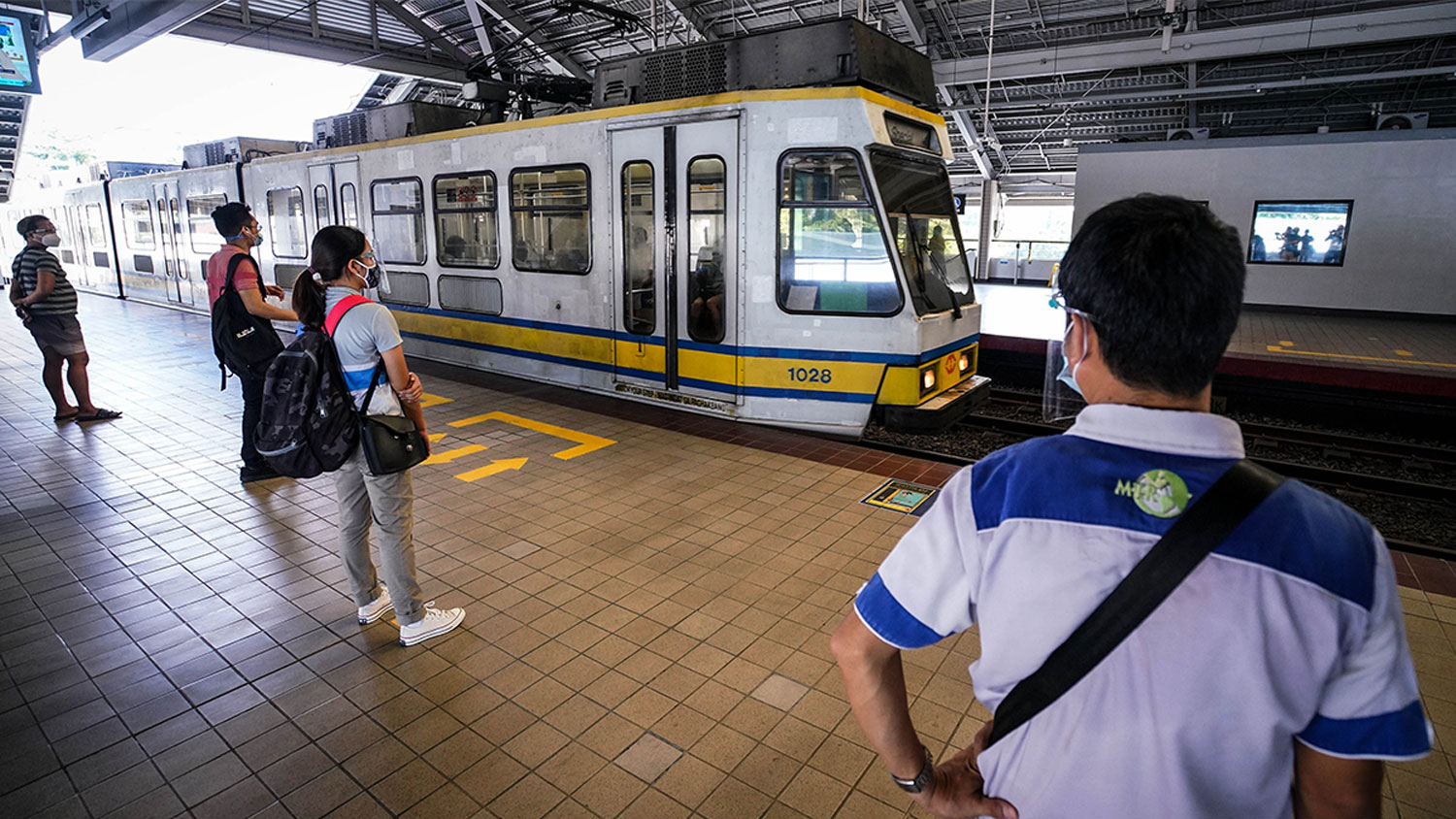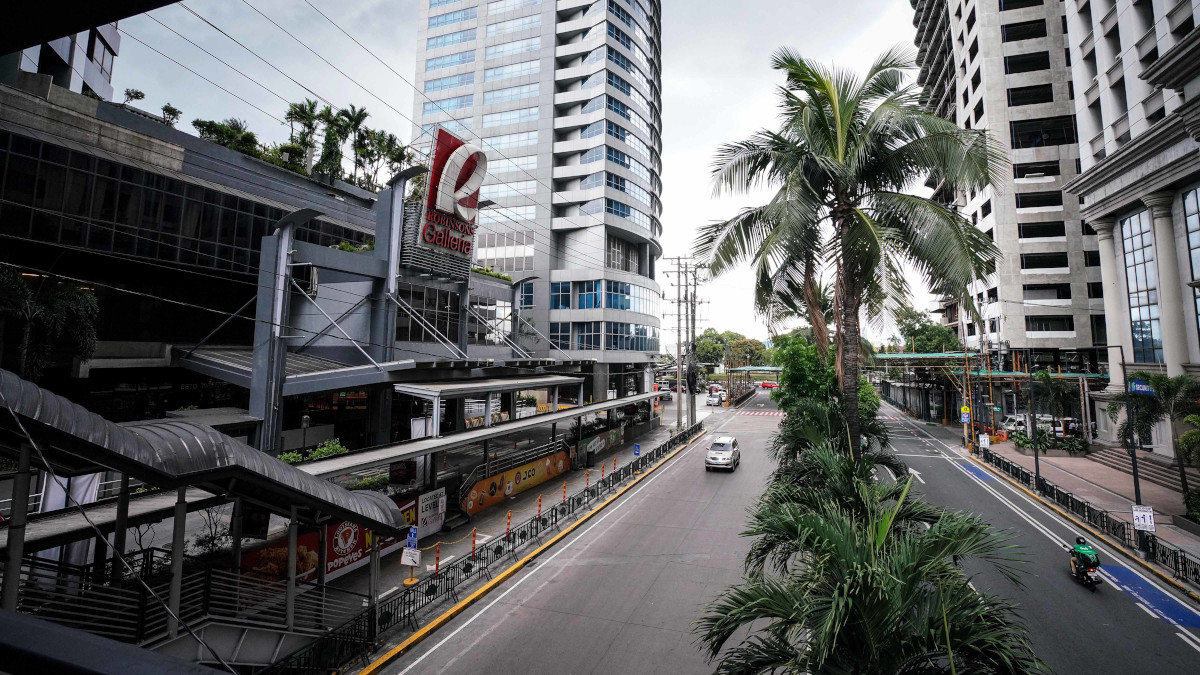We’ve now entered enhanced community quarantine (ECQ) in Greater Manila (or more awkwardly known as ‘NCR Plus’). Again. It feels like we’re back to square one after more than a year into this pandemic. Anyway...
The government has already announced the preliminary guidelines for travel and business operations, as well as the authorized persons outside their residence (APORs), during this period. You can read more about that in this previous story.
Now, the Department of Transportation (DOTr) has released the full guidelines on the operation of public transport—for the road, rail, air, and maritime sectors—within Greater Manila.
First, trains can only carry up to 30% of their capacities, or up to 370 passengers for LRT-1, 274 for LRT-2, 372 for MRT-3, and 310 for PNR. The temporary closures of these rail lines during Holy Week will still push through as well, but the PNR will run its Calamba-Tutuban route on April 1.
The PNR will also immediately resume operations on April 4, and trips via its Tutuban-Alabang, Tutuban-Calamba, Tutuban–Governor Pascual, and Governor Pascual–Bicutan routes will be available. Other rail lines will resume regular operations on Monday, April 5.
Public utility buses (PUBs) and jeepneys (PUJs), meanwhile, will only be allowed to ferry up to 50% of their total capacities, excluding the driver and passenger. A ‘one seat apart’ rule will be enforced and no standing passengers will be allowed for all vehicles.
For the full guidelines of the road sector covering other modes of transport such as UV Express, taxis, and motorcycle-taxis, you can read on below:
Road and Transportation Guidelines for the ECQ:
- Entry of provincial buses with only APOR as passengers shall be allowed provided that these are point-to-point trips.
- For UV Express, only a maximum of 2 passengers per row will be allowed and the vehicle should not exceed 50% of its capacity. Only one passenger will likewise be allowed on the driver’s row.
- Taxis and TNVS are also required to only allow two passengers per row and one passenger on the driver’s row.
- Shuttle service vehicles shall be allowed to operate, subject to strict physical distancing (one seat apart) and sanitary practices in accordance with the guidelines of the Department of Trade and Industry-Department of Labor and Employment JMC 2020-04-A.
- For tricycles, only one passenger will be allowed to ride in the side-car and no passenger shall be seated right beside/behind the driver. Further, the operations of tricycles shall be approved by the Department of the Interior and Local Government and respective LGUs, in compliance with the existing policies on its operational limitations.
- The operation of motorcycle taxis shall be allowed for those considered as APOR. Moreover, enforcement agencies shall continue to apprehend informal and illegal MC taxi services or the habal-habal.
- The operations of free transport services for medical frontliners will be sustained during the enforcement of ECQ. This is in consideration of the decrease in the capacity of PUVs due to physical distancing measures.
- Non-motorized transport and personal mobility devices such as bicycles are encouraged, provided that the rider will strictly abide by the physical distancing measures imposed by the Department of Health.
Be advised, commuters. If you want to read the guidelines for the air and maritime sectors, you can check out the DOTr’s official announcement here:











